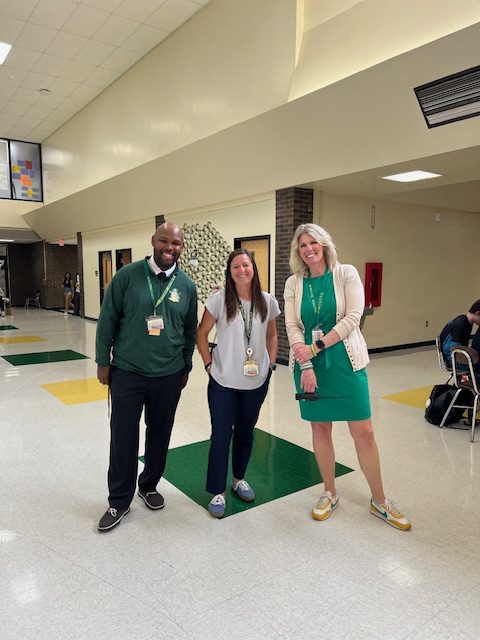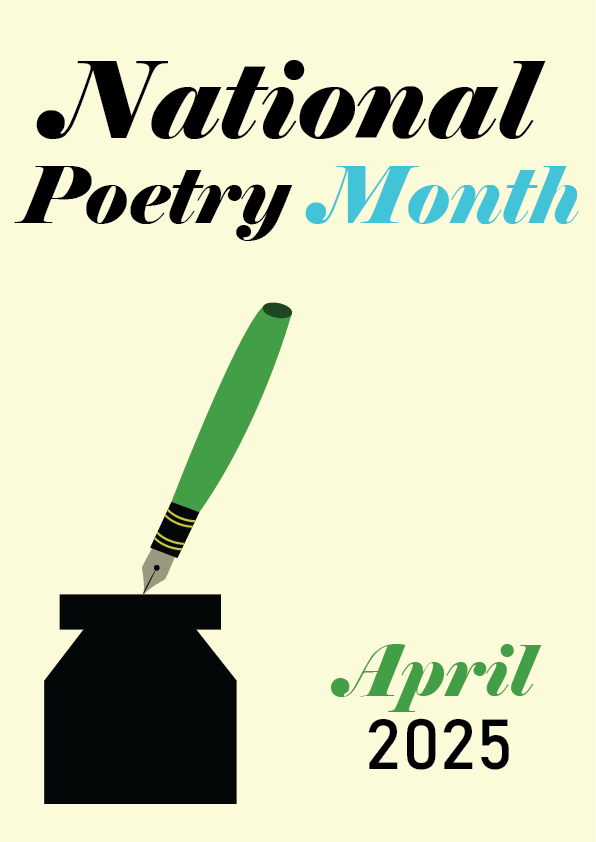One of my most vivid memories growing up is waking up in the bright early mornings, smelling hot coffee, and hearing the faint rustling of a newspaper as my dad flipped the pages. These days, while I still wake up to bright early mornings and the smell of hot coffee, my dad no longer flips the pages of a newspaper.
In the span of two decades, my dad has moved from newspaper packets delivered outside our doors to reading national news headlines in about two clicks on his phone.
The rise of digital journalism has led to significant impacts on large-scale newspaper companies in our community. According to The New York Times, newspapers like the Star Ledger, The Jersey Journal and more have shut down their print facilities in the month of February 2025 — cementing the digital era of journalism and news consumption in New Jersey.
But is this change hindering intellectual growth within our local communities, schools, and students? An article by The American Psychological Association shows that there is a correlation between news consumption and increased stress disorders, but it was applicable to both tradition al forms of news like newspapers and news on digital media.
Data collected by Pew Research Center shows that 77 percent of high schoolers prefer their news on digital platforms compared to print publications. Unexpectedly, the report shows that adults have a higher percentage of people who prefer reading their news online.
Almost 91 percent of adults use digital devices to get their news, but why? “The cool thing about the digital versions is that you have the text in front of you for all the learners who prefer reading, but often it will do an audio version as well, so you can listen as you read,” school librarian Ms. Mary Desmond said.
Yet digital newspapers are often met with apprehension and hesitance, especially when it comes to credibility. “It’s easier to make fake news because anyone can publish ‘news,’ so it’s very easy to spread rumors,” said Shriya Bhatnagar (‘26).
Even with questionable credibility, responsible sourcing and facts has led to improvements in the accessibility of news on the academic side.
Then again, increased accessibility has led to a faster but narrowed perspective on the accuracy of our opinions and arguments. “The online world allows us to reaffirm whatever argument we’re trying to make,” said Social Studies teacher Mr. Brian Levinson. “You can Google any point that supports your thesis, using either a credible or a non-credible site.”
From a positive perspective, information is readily available and accessible to everyone, compared to going through the process of getting a print newspaper subscription, and waiting for news to come to you. Websites like NJ Spotlight News and nj.com have stepped up to provide local news coverage. State journalists are also encouraged by initiatives like the NJ Civic Information Consortium, which provides grants supporting community journalism.
Even with the benefits to digital news publications, the decline of local print newspapers is alarming. It might seem like an issue we can ignore, but research from The Local News Initiative — a program by Northwestern University — shows that since 2005, the country has lost almost 2,900 newspapers leading to countless “news deserts.” News deserts are areas with no access to community news.
Many of the newspapers shutting down are local print newspapers that dedicated their time to providing invaluable community news and opinion. “I think community newspapers should be engaging and have hooks- part of the benefit is when they’re boring as well and they’re covering meetings that might not normally be covered,” said Mr. Levinson. By shutting smaller publications down, we lose our sources of community news and information.
Yet New Jersey seems to be taking a step in the right direction by transitioning to digital community publications like TAPinto and nj.com. Compared to print newspapers, digital newspapers have steadily become a more popular way of reading news.
Digital newspapers undeniably have many benefits. “I feel like online is more accessible, the language is much simpler, it’s interactive and there’s also a lot of visually appealing graphics, it’s also curated to the user’s taste,” said Afia Mubashir (‘27).
Online news publications fulfill the purpose of news by informing the general public about the events in the community. With digital publications having a different format, they have improved accessibility and economic feasibility in the field of news consumption.
Both print and digital publications should embrace the evolving news landscape and improve to deliver news in their formats. After all, as the former chairman of The New York Times Arthur Sulzberger Jr. said, “Newspapers cannot be defined by the second word — paper. They’ve got to be defined by the first word— news.”





